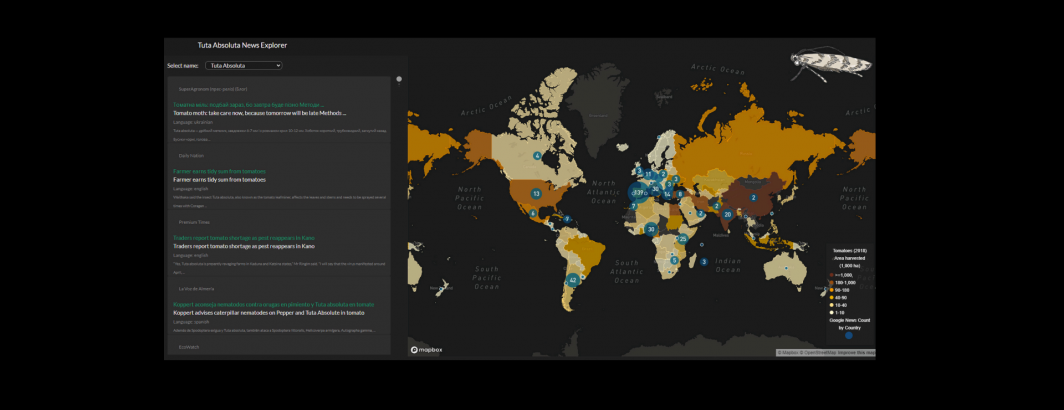
A press release by North Carolina State University discusses a new study using GDELT to track insect invasions:
Invasion by exotic pests into new geographic areas can cause major disturbances in forest and agricultural systems. Early response can greatly improve containment efforts, underscoring the importance of collecting up-to-date information about the locations where pest species are being observed. However, existing invasive species databases have limitations in both extent and rapidity. The spatial extent is limited by costs and there are delays between species establishment, official recording, and consolidation. Local online news outlets have the potential to provide supplemental spatial coverage worldwide and social media has the potential to provide direct observations and denser historical data for modeling. Gathering data from these online sources presents its own challenges and their potential contribution to historical tracking of pest invasions has not previously been tested. To this end, we examine the practical considerations for using three online aggregators, the Global Database of Events, Language and Tone (GDELT), Google News, and a commercial media listening platform, Brandwatch, to support pest biosurveillance. Using these tools, we investigate the presence and nature of cogent mentions of invasive species in these sources by conducting case studies of online news and Twitter excerpts regarding two invasive plant pests, Spotted Lanternfly and Tuta absoluta. Our results using past data demonstrate that online news and social media may provide valuable data streams to supplement official sources describing pest invasions.